Home>Garden Essentials>How To Improve Turf Grass Without Extra Pesticides For Sports In University Of Connecticut
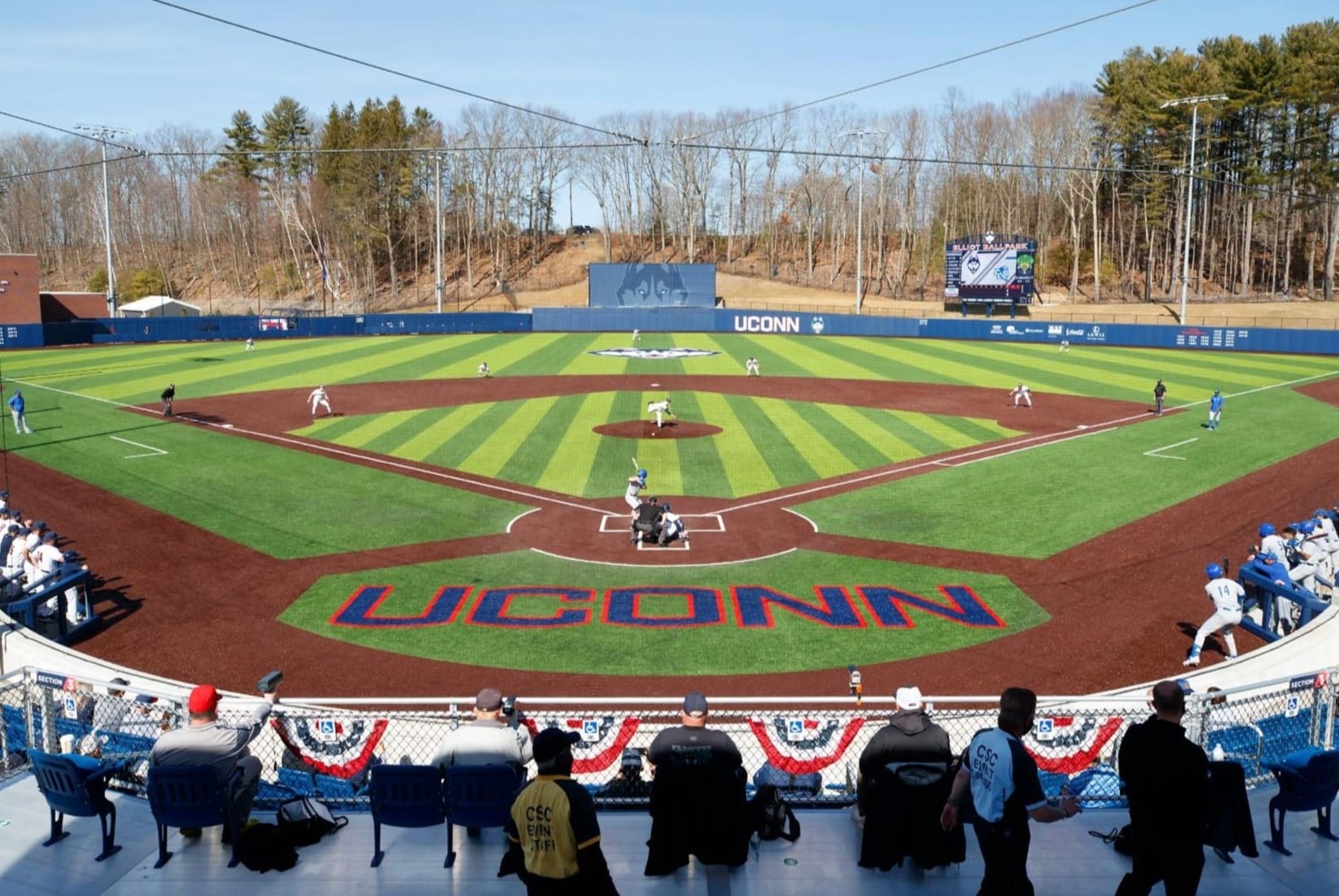

Garden Essentials
How To Improve Turf Grass Without Extra Pesticides For Sports In University Of Connecticut
Modified: March 7, 2024
Learn how to improve turf grass for sports at University of Connecticut without using extra pesticides. Expert tips on creating a garden that is safe, sustainable, and beautiful.
(Many of the links in this article redirect to a specific reviewed product. Your purchase of these products through affiliate links helps to generate commission for Storables.com, at no extra cost. Learn more)
Introduction
Welcome to the University of Connecticut’s sports facilities, where the pursuit of excellence in athletic performance is matched by our commitment to the environment. We understand the importance of maintaining turf grass that is lush, vibrant, and healthy for our athletes to compete on. However, we also recognize the need to minimize the use of extra pesticides to preserve the long-term health of our surroundings.
In this article, we will explore the benefits of improving turf grass without relying on excessive pesticide applications. By implementing strategic methods, we can achieve and maintain high-quality playing surfaces while minimizing potential harm to the environment and human health.
Our aim is to provide practical insights and strategies that can be applied in the management of turf grass in sports facilities across the board. Whether you are a groundskeeper, an athlete, or simply an enthusiast of a well-maintained field, this article will provide you with valuable information to enhance the quality of turf grass in a sustainable manner.
Let’s dive in and discover how we can achieve an extraordinary playing experience without the need for extra pesticides.
Key Takeaways:
- Maintaining turf grass without extra pesticides at the University of Connecticut benefits the environment, human health, and finances. Strategies like soil testing, proper irrigation, and aeration promote lush, sustainable playing surfaces.
- Integrated Pest Management (IPM) at the University of Connecticut minimizes pesticide use while effectively managing pests. This approach prioritizes long-term sustainability, health, and quality of the turf grass for athletes and visitors.
Benefits of Improving Turf Grass Without Extra Pesticides
Improving turf grass without the use of extra pesticides brings numerous benefits, both for the environment and the overall well-being of athletes and visitors. Let’s explore some of these advantages:
- Environmental Conservation: By minimizing the use of pesticides, we contribute to the preservation of soil health, water quality, and the overall ecosystem. Pesticides can have detrimental effects on beneficial insects, birds, and other organisms that are essential to maintaining a balanced and thriving environment.
- Protection of Human Health: Extra pesticide usage can potentially expose athletes, groundskeepers, and visitors to harmful chemicals. By adopting alternative strategies, we create a safer environment for everyone involved. This is especially important for athletes who frequently come into direct contact with the turf during practices and competitions.
- Cost Reduction: The reduction in pesticide usage means a decrease in associated costs such as purchasing, application, and disposal. By implementing alternative methods, sports facilities can allocate financial resources to other areas that enhance the overall experience for athletes and visitors alike.
- Enhanced Soil Quality: Overreliance on pesticides can disrupt the natural balance of the soil ecosystem. By implementing organic and sustainable practices, such as incorporating organic matter and promoting beneficial microbial activity, we improve soil health and fertility, leading to stronger and healthier turf grass.
- Improved Water Efficiency: By utilizing proper irrigation techniques and implementing strategies to improve soil quality, we can optimize water usage. This not only reduces water consumption but also minimizes the risk of nutrient leaching and runoff, which can harm nearby water bodies.
- Long-term Sustainability: By focusing on enhancing turf grass without the use of extra pesticides, we pave the way for long-term sustainability in sports facility management. Sustainable practices can be maintained for years to come, ensuring the longevity and quality of playing surfaces, as well as the protection of the surrounding environment.
These benefits highlight the importance and advantages of improving turf grass without relying on excessive pesticide treatments. By implementing alternative methods, we can achieve exceptional turf grass quality while upholding our commitment to environmental stewardship and the well-being of all those who enjoy our sports facilities.
Understanding the Challenges of Maintaining Turf Grass in Sports Facilities
Maintaining turf grass in sports facilities is no small task. Groundskeepers face a myriad of challenges in their quest to provide optimal playing surfaces for athletes. Understanding these challenges is crucial to implementing effective and sustainable management practices. Let’s delve into some of the common challenges faced:
- Heavy Foot Traffic: Sports facilities often witness intense usage, resulting in heavy foot traffic on the turf. This can lead to soil compaction, reduced root growth, and increased wear and tear on the grass.
- Weather Conditions: Weather plays a significant role in turf grass management. Extreme heat, prolonged drought, heavy rainfall, and humidity fluctuations can all impact the health and condition of the grass, making it more susceptible to diseases and pests.
- Pest and Disease Pressure: Turf grass is vulnerable to a variety of pests and diseases such as grubs, weeds, fungi, and insects. These can cause damage, discoloration, and even death of the grass if not properly managed.
- Poor Soil Quality: Soil composition and nutrient levels are essential factors in ensuring healthy turf grass. Issues such as poor drainage, compacted soil, inadequate fertility, and improper pH levels can hinder grass growth and detrimentally impact its overall quality.
- Overreliance on Pesticides: In the past, heavy pesticide usage was common practice for turf grass maintenance. However, excessive pesticide application can have negative consequences for the environment, human health, and the long-term sustainability of the facility.
- Changing Regulations and Public Perception: There is growing awareness and concern about the environmental and health impacts of pesticides. This has led to stricter regulations and public expectations for sports facilities to adopt more sustainable and pesticide-free practices.
Addressing these challenges necessitates a holistic and integrated approach to turf grass management. By adopting sustainable practices and implementing strategies to mitigate these challenges, sports facilities can achieve and maintain high-quality turf grass surfaces that are resilient and environmentally friendly.
Strategies for Enhancing Turf Grass Quality in University of Connecticut Sports Facilities
To improve turf grass quality in University of Connecticut’s sports facilities without the reliance on extra pesticides, we employ a range of effective strategies. These strategies focus on proactive management techniques that promote the long-term health and resilience of the grass. Let’s explore these strategies:
- Regular Soil Testing and Analysis: Conducting routine soil testing helps identify any nutrient deficiencies or imbalances in the soil. This information allows groundskeepers to adjust fertilization programs accordingly, ensuring that the turf grass receives the necessary nutrients for optimal growth.
- Proper Irrigation Techniques: Implementing efficient irrigation practices contributes to water conservation and prevents problems like waterlogging and shallow rooting. Utilizing technologies such as soil moisture sensors and smart controllers can help monitor and optimize water usage, promoting healthy turf grass growth.
- Appropriate Fertilization Practices: Using slow-release and organic fertilizers can provide a steady supply of nutrients to the turf grass over an extended period. This promotes balanced growth and minimizes the risk of nutrient leaching into surrounding water bodies.
- Aeration and Overseeding: Regularly aerating the soil helps reduce compaction and promote better air circulation, water infiltration, and root development. Overseeding helps fill in thin or bare areas, enhancing the density and overall quality of the turf grass.
- Integrated Pest Management (IPM) Approach: Adopting an IPM approach involves a combination of preventive measures, monitoring techniques, and targeted treatments to manage pests and diseases. This approach minimizes pesticide usage by only applying them when necessary and utilizing non-chemical methods, such as cultural practices and biological controls, whenever possible.
By implementing these strategies, we create an environment that fosters healthy turf grass growth while minimizing the reliance on extra pesticides. This approach emphasizes proactive management, sustainable practices, and nurturing the natural resilience of the grass.
At the University of Connecticut, our commitment to providing exceptional playing surfaces goes hand in hand with our dedication to environmental stewardship. By adopting these strategies, we can ensure that our sports facilities remain at the forefront of turf grass management practices, setting an example for others to follow.
Regular Soil Testing and Analysis
Regular soil testing and analysis are essential components of a comprehensive turf grass management program in University of Connecticut’s sports facilities. Soil analysis provides vital information about the soil’s composition, nutrient levels, and pH balance, enabling groundskeepers to make informed decisions regarding fertilization and soil amendments.
Why is soil testing important?
Soil testing helps identify any nutrient deficiencies or imbalances that may hinder the health and quality of the turf grass. It provides valuable insights into the specific needs of the soil, allowing for targeted and customized fertilization programs. By addressing nutrient deficiencies, we can promote robust root development, vibrant green color, and overall turf health.
How often should soil testing be conducted?
At University of Connecticut, we recommend conducting soil tests annually. This frequency allows us to stay proactive and make necessary adjustments to soil management practices based on the results. However, if specific issues are observed, additional soil tests can be carried out to address those concerns promptly. It’s important to note that soil testing should be conducted at least a couple of months before any major turf management practices, such as overseeding or fertilization, to allow time for proper adjustments.
What does the soil testing process involve?
The soil testing process typically involves the following steps:
- Collecting Soil Samples: Soil samples should be collected from multiple locations across the playing field to obtain representative data. Samples should be collected at the appropriate depth (usually 4-6 inches) and should be free from any debris or vegetation. These samples can be sent to a reputable soil testing laboratory.
- Laboratory Analysis: The soil samples are analyzed in the laboratory to determine their nutrient content, organic matter levels, pH, and other relevant parameters. This analysis provides a comprehensive understanding of the soil composition and its nutrient-holding capacity.
- Interpreting Results: Once the laboratory analysis is complete, the results are provided in a report format. This report offers detailed information about the soil’s nutrient levels, along with recommendations for fertilizer application rates, liming, and any necessary soil amendments.
- Implementing Adjustments: Based on the soil test results and recommendations, appropriate adjustments can be made to the turf grass management program. This may include modifying fertilizer application rates or schedules, adding organic matter, or adjusting pH levels with lime or sulfur application.
Regular soil testing and analysis are vital for maintaining healthy and thriving turf grass in University of Connecticut’s sports facilities. It allows us to develop customized fertilization plans, make informed decisions, and provide optimal growing conditions for the turf grass. By regularly monitoring and managing the soil’s nutrient composition, we can ensure the long-term health and success of the playing surfaces.
Consider implementing cultural practices such as proper mowing, watering, and fertilization to improve turf grass health without relying on extra pesticides. This can help create a strong and resilient turf that can withstand pests and diseases more effectively.
Read more: What Is The Best Grass Seed For Connecticut
Proper Irrigation Techniques
In University of Connecticut’s sports facilities, implementing proper irrigation techniques is crucial for maintaining healthy and vibrant turf grass. Proper irrigation not only ensures that the grass receives adequate water but also helps prevent issues such as water stress, disease development, and inefficient water usage.
Why are proper irrigation techniques important?
Effective irrigation is essential for the health and vigor of turf grass. It ensures that the grass receives the appropriate amount of water, promoting deep root growth and efficient nutrient uptake. Additionally, proper irrigation techniques can help prevent issues like shallow rooting, soil compaction, and the growth of weeds and diseases that thrive in excessively moist conditions.
What are the key principles of proper irrigation?
To ensure effective irrigation, we follow these key principles:
- Watering Deeply and Infrequently: It’s important to water the grass deeply to encourage deep root growth. This is done by applying enough water to moisten the soil to a depth of 6-8 inches. Frequent, shallow watering can lead to shallow root development and weaker turf grass.
- Maintaining Even Water Distribution: Proper water distribution across the playing surface is essential to prevent overwatering in some areas and underwatering in others. Ensuring uniform coverage helps achieve consistent moisture levels and promotes uniform turf growth.
- Timing Irrigation Appropriately: Ideally, irrigation should be scheduled during early morning hours (around 4-8 AM). This allows the grass to dry before evening, reducing the risk of disease development. Avoiding irrigation during the hottest part of the day helps minimize water loss due to evaporation.
- Using Technology for Precision Irrigation: Advances in irrigation technology, such as soil moisture sensors and weather-based controllers, can greatly enhance irrigation efficiency. These tools help monitor soil moisture levels and adjust irrigation schedules based on real-time data, ensuring that water is applied only when and where it is needed.
What are the benefits of proper irrigation techniques?
Implementing proper irrigation techniques brings several benefits to the turf grass and the environment, including:
- Water Conservation: By using water more efficiently and avoiding overwatering, we can conserve water resources and reduce water usage without compromising the health of the turf grass.
- Preventing Disease and Weed Growth: Proper irrigation helps maintain appropriate moisture levels on the turf, reducing the likelihood of disease outbreaks and weed infestations.
- Enhancing Nutrient Uptake: Adequate moisture levels ensure that nutrients are effectively absorbed by the roots, promoting healthy growth and vibrant green color.
- Minimizing Water Runoff and Erosion: Proper irrigation techniques help reduce water runoff and soil erosion, preventing the loss of valuable topsoil and maintaining the integrity of the playing surface.
By implementing proper irrigation techniques and continuously monitoring soil moisture levels, we can ensure that the turf grass in University of Connecticut’s sports facilities receives the optimal amount of water for its health and vitality. This approach not only helps conserve water resources but also promotes sustainable turf management practices.
Appropriate Fertilization Practices
Applying appropriate fertilization practices is paramount to maintaining healthy and vibrant turf grass in University of Connecticut’s sports facilities. Proper fertilization provides essential nutrients for growth, improves stress tolerance, and enhances the overall health and appearance of the grass.
Why are appropriate fertilization practices important?
Fertilization is essential because turf grass often requires additional nutrients beyond what the soil can naturally provide. Proper fertilization practices ensure that the grass has access to the necessary nutrients for optimal growth and development. This leads to a dense, lush turf that can better withstand traffic, pests, and environmental stresses.
What are the key principles of appropriate fertilization practices?
When it comes to fertilizing turf grass, we follow these key principles:
- Soil Testing: Conducting regular soil tests helps determine the nutrient content and pH balance of the soil. This information guides us in selecting the appropriate fertilizer formulations and application rates for optimal nutrient balance.
- Proper Timing: Fertilizers are typically applied during the active growing season when the turf grass can efficiently utilize the nutrients. This timing ensures that the grass receives the necessary nutrients at the right time for optimal utilization.
- Slow-release or Controlled-release Fertilizers: These types of fertilizers release nutrients gradually over an extended period, providing a consistent supply for the turf grass. This helps minimize nutrient leaching and reduces the risk of nutrient burn or excessive growth.
- Appropriate Application Rates: Fertilizers should be applied at the recommended rates to avoid over- or under-fertilization. Applying too much fertilizer can lead to nutrient imbalances, increased disease susceptibility, and environmental pollution, while applying too little may not provide adequate nutrition for the grass.
- Proper Application Techniques: Fertilizers should be applied evenly across the turf to ensure uniform nutrient distribution. Calibration of spreaders and following labeled instructions are important to avoid streaking or uneven coverage.
- Environmental Considerations: When selecting fertilizers, we prioritize products with lower environmental impacts, such as choosing slow-release formulations that minimize nutrient runoff into water bodies.
What are the benefits of appropriate fertilization practices?
Implementing appropriate fertilization practices brings several benefits to the turf grass and the environment:
- Improved Turf Health: Proper fertilization promotes healthy root growth, increased density, and vibrant green color, resulting in lush and resilient turf grass.
- Enhanced Stress Tolerance: Well-nourished grass has better resistance to drought, disease, pests, and other environmental stresses.
- Sustainable Nutrient Management: Following appropriate fertilization practices minimizes excess nutrient leaching, which helps protect water quality and the surrounding environment.
- Cost Efficiency: Applying fertilizers at the appropriate rates reduces waste and unnecessary expenditure, making the turf management program more cost-effective.
By implementing appropriate fertilization practices based on soil testing results, we can provide the necessary nutrients for the turf grass without over-reliance on extra pesticides. This approach promotes healthy and sustainable turf grass growth, ensuring high-quality playing surfaces in University of Connecticut’s sports facilities.
Aeration and Overseeding
Aeration and overseeding are essential practices in University of Connecticut’s sports facilities to enhance the quality and resilience of the turf grass. These techniques help alleviate soil compaction, promote healthy root growth, and improve the overall density and appearance of the grass.
Why is aeration important?
Aeration involves the process of creating small holes in the soil to improve air exchange, water penetration, and nutrient absorption. It helps combat soil compaction, which can occur due to heavy foot traffic and natural settling over time. By alleviating compaction, aeration encourages deeper root development, leading to healthier and more resilient turf grass.
When should aeration be performed?
Aeration is typically performed during the growing season, when the turf grass is actively growing and can recover quickly from the stress of aeration. Fall or spring is usually the best time to aerate, taking into consideration the specific needs and requirements of the turf grass species being maintained.
What are the key benefits of aeration?
Aeration provides several key benefits to the turf grass:
- Improved Water Infiltration and Drainage: Aeration helps prevent waterlogging and improves water infiltration into the soil, reducing the risk of oversaturation and related issues such as disease development.
- Enhanced Nutrient Uptake: By creating channels for air, water, and nutrients to penetrate the soil, aeration facilitates better nutrient uptake by the turf grass roots, promoting healthier growth and greener color.
- Reduced Soil Compaction: Soil compaction restricts root growth and affects the overall vigor of the grass. Aeration relieves compaction, allowing roots to penetrate deeper and access essential resources more effectively.
- Promotion of Thatch Decomposition: Thatch is a layer of organic debris that accumulates above the soil surface. Aeration helps facilitate the decomposition of thatch by encouraging beneficial microbial activity, promoting a healthier growing environment for the turf grass.
What is overseeding?
Overseeding involves spreading new grass seed over existing turf to fill in thin or bare areas. It helps to rejuvenate and densify the turf grass, ensuring a lush, even, and durable playing surface.
When should overseeding be performed?
Overseeding is typically done during the fall when soil temperatures are still warm, allowing the new grass seed to establish before winter dormancy sets in. Spring can also be a suitable time for overseeding, depending on the specific turf grass species and local climate conditions.
What are the benefits of overseeding?
Overseeding provides numerous benefits to the turf grass:
- Improved Turf Density and Thickness: Overseeding fills in thin or bare spots, improving the overall turf density and creating a more uniform playing surface.
- Enhanced Resistance to Weeds and Disease: A thicker turf grass due to overseeding helps suppress weed growth and reduces the risk of disease outbreaks by creating a competitive environment for undesirable plants.
- Renewed Aesthetic Appeal: Overseeding revitalizes the color and appearance of the turf, resulting in a vibrant and attractive playing surface.
- Extended Playing Season: Overseeded turf grass can maintain its quality and usability for a longer period, extending the playing season and maximizing the utilization of the sports facilities.
By regularly implementing aeration and overseeding practices, we ensure the continual improvement and durability of the turf grass in University of Connecticut’s sports facilities. These practices facilitate healthy growth, better nutrient absorption, and a denser grass cover, resulting in exceptional playing surfaces for athletes and visitors to enjoy.
Integrated Pest Management (IPM) Approach
Implementing an Integrated Pest Management (IPM) approach is crucial for effective pest and disease management in University of Connecticut’s sports facilities. IPM combines proactive strategies, monitoring techniques, and targeted treatments to minimize the reliance on extra pesticides while effectively managing pest-related issues.
Why is the IPM approach important?
The IPM approach focuses on long-term prevention, cultural practices, and biological controls, with chemical controls as a last resort. It aims to reduce pest populations and minimize the risk of pesticide resistance while promoting the health and quality of the turf grass.
What are the key components of the IPM approach?
The IPM approach consists of the following key components:
- Pest Identification: Accurate identification of pests helps determine the most appropriate management strategies. This includes identifying common pests such as weeds, insects, pathogens, and nematodes.
- Monitoring: Regular monitoring of turf grass and using appropriate detection methods allow early pest detection and intervention. Monitoring may involve visual inspections, trapping, and utilizing weather-based pest models.
- Preventive Measures: Promoting a healthy turf through proper cultural practices, such as proper mowing height, adequate fertilization, and irrigation, helps minimize pest problems by creating an environment that is less susceptible to pest damage.
- Biological Controls: Utilizing biological controls, such as beneficial insects, nematodes, or microbial agents, can help manage pest populations naturally. This approach reduces the reliance on chemical pesticides and minimizes potential negative impacts on non-target organisms.
- Chemical Controls: If preventive and biological measures are insufficient, targeted pesticide applications may be necessary. However, the use of pesticides is minimized and targeted specifically to affected areas, while ensuring compliance with relevant regulations and best practices.
- Evaluation and Record-Keeping: Regular evaluation and record-keeping help track the effectiveness of pest management strategies, identify recurring issues, and make informed decisions for future management practices.
What are the benefits of the IPM approach?
The IPM approach provides several benefits for turf grass management:
- Reduced Pesticide Usage: By utilizing non-chemical methods and prioritizing preventive measures, the reliance on extra pesticides is minimized, reducing potential environmental and health risks.
- Balanced Pest Control: IPM focuses on maintaining a balance between pest control and beneficial organisms in the ecosystem, preserving biodiversity and creating a healthier, more sustainable environment.
- Targeted Pest Management: The IPM approach allows for targeted treatments only when and where necessary, optimizing pest control efforts while minimizing unintended effects on non-target organisms.
- Long-Term Sustainability: By integrating multiple management strategies and continuously monitoring pest populations, IPM promotes sustainable turf grass management practices that prioritize the health and longevity of the turf grass.
Implementing the IPM approach in University of Connecticut’s sports facilities ensures effective pest and disease management while minimizing the reliance on extra pesticides. It prioritizes long-term sustainability, health, and the overall quality of the turf grass, providing athletes and visitors with a safe and enjoyable playing experience.
Read more: How Long Does Pesticide Last On Grass
Conclusion
In conclusion, maintaining high-quality turf grass in University of Connecticut’s sports facilities while minimizing the reliance on extra pesticides is a challenging yet essential task. By implementing strategic management practices, we can achieve exceptional turf grass quality while prioritizing the environment and human health.
Throughout this article, we explored various strategies for enhancing turf grass without the need for extra pesticides. Regular soil testing and analysis allow us to identify nutrient deficiencies and tailor fertilizer applications accordingly. Proper irrigation techniques ensure efficient water usage and prevent water stress on the grass. Appropriate fertilization practices supply the necessary nutrients while minimizing waste and potential environmental impacts. Aeration and overseeding help combat soil compaction and rejuvenate the turf grass. Lastly, adopting an Integrated Pest Management (IPM) approach allows us to effectively manage pests and diseases while minimizing pesticide usage.
The benefits of these practices are numerous. They include environmental conservation, protection of human health, cost reduction, enhanced soil quality, improved water efficiency, and long-term sustainability. By implementing these strategies, we can create an environment that fosters healthy turf grass growth, enhances playing conditions, and upholds our commitment to environmental stewardship.
It is vital to remember that maintaining turf grass without relying on excessive pesticides requires a holistic and integrated approach. Regular monitoring, careful planning, and adapting management practices based on specific needs are crucial for success. Collaboration among groundskeepers, turf grass experts, and other stakeholders is essential to implement these strategies effectively.
At the University of Connecticut, we are dedicated to providing exceptional playing surfaces that meet the highest standards of performance and sustainability. By employing these strategies and continually seeking innovative solutions, we aim to set an example for sports facilities worldwide, showcasing how exceptional turf grass quality can be achieved without the need for extra pesticides.
Together, we can create a greener, healthier, and more sustainable future for turf grass management in sports facilities, benefiting both athletes and the environment alike.
Frequently Asked Questions about How To Improve Turf Grass Without Extra Pesticides For Sports In University Of Connecticut
Was this page helpful?
At Storables.com, we guarantee accurate and reliable information. Our content, validated by Expert Board Contributors, is crafted following stringent Editorial Policies. We're committed to providing you with well-researched, expert-backed insights for all your informational needs.

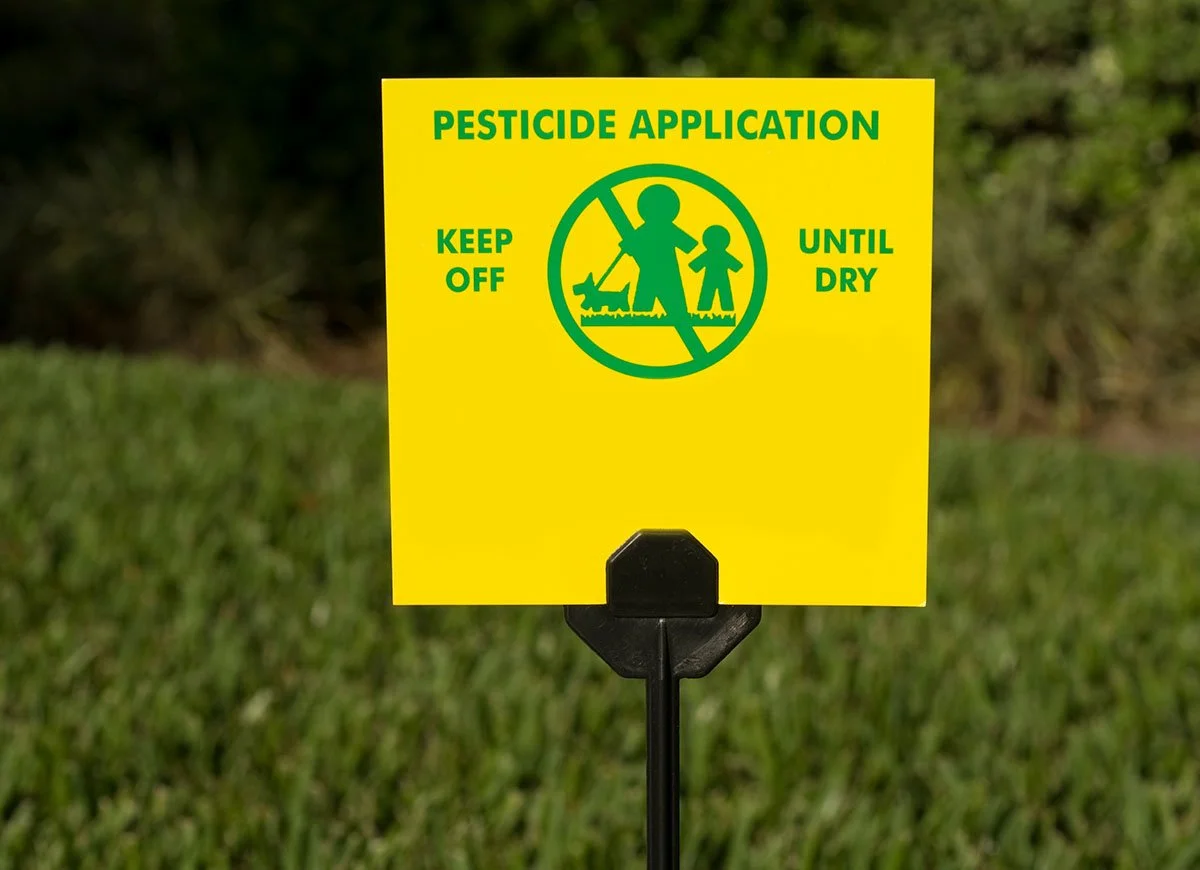

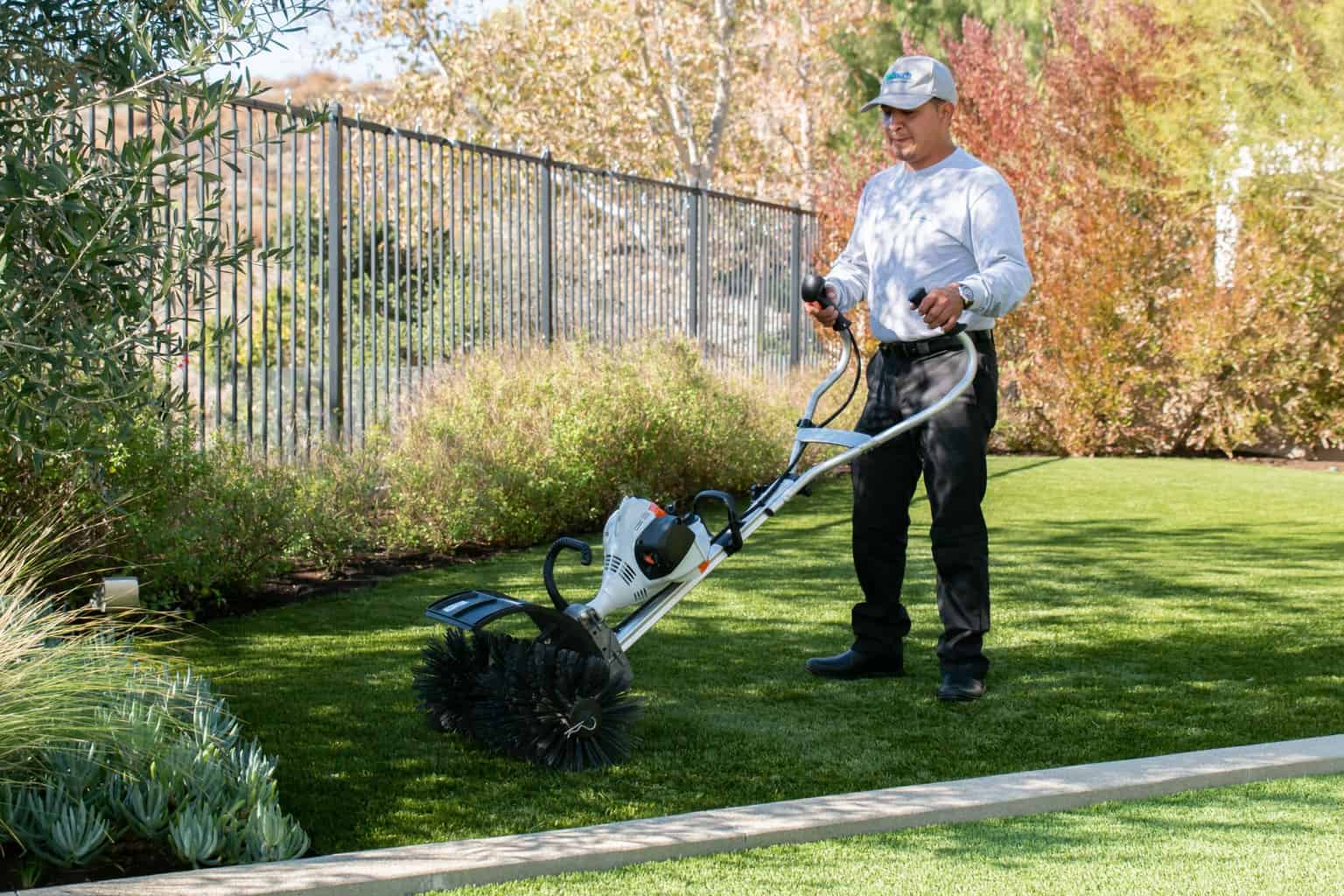
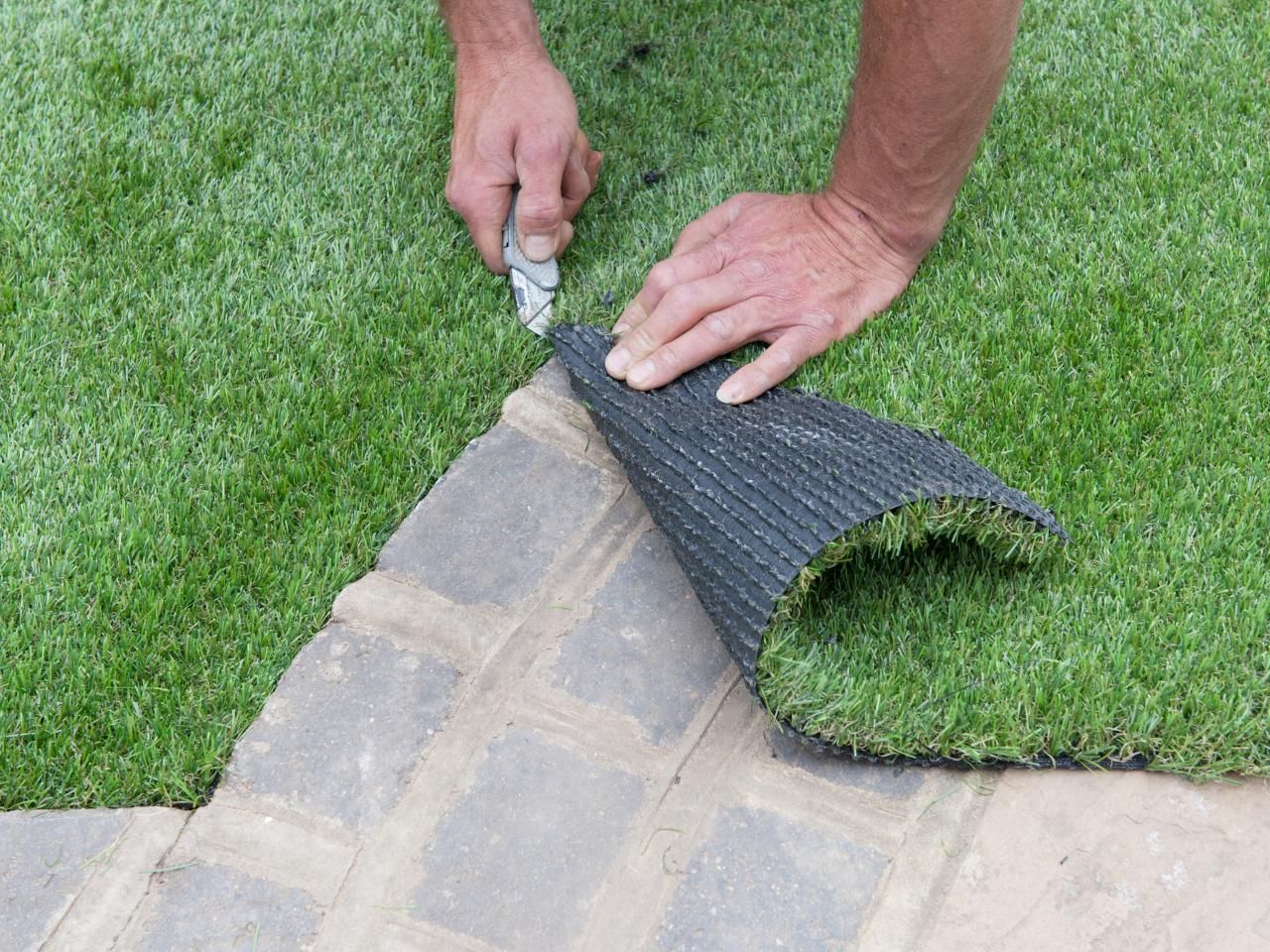
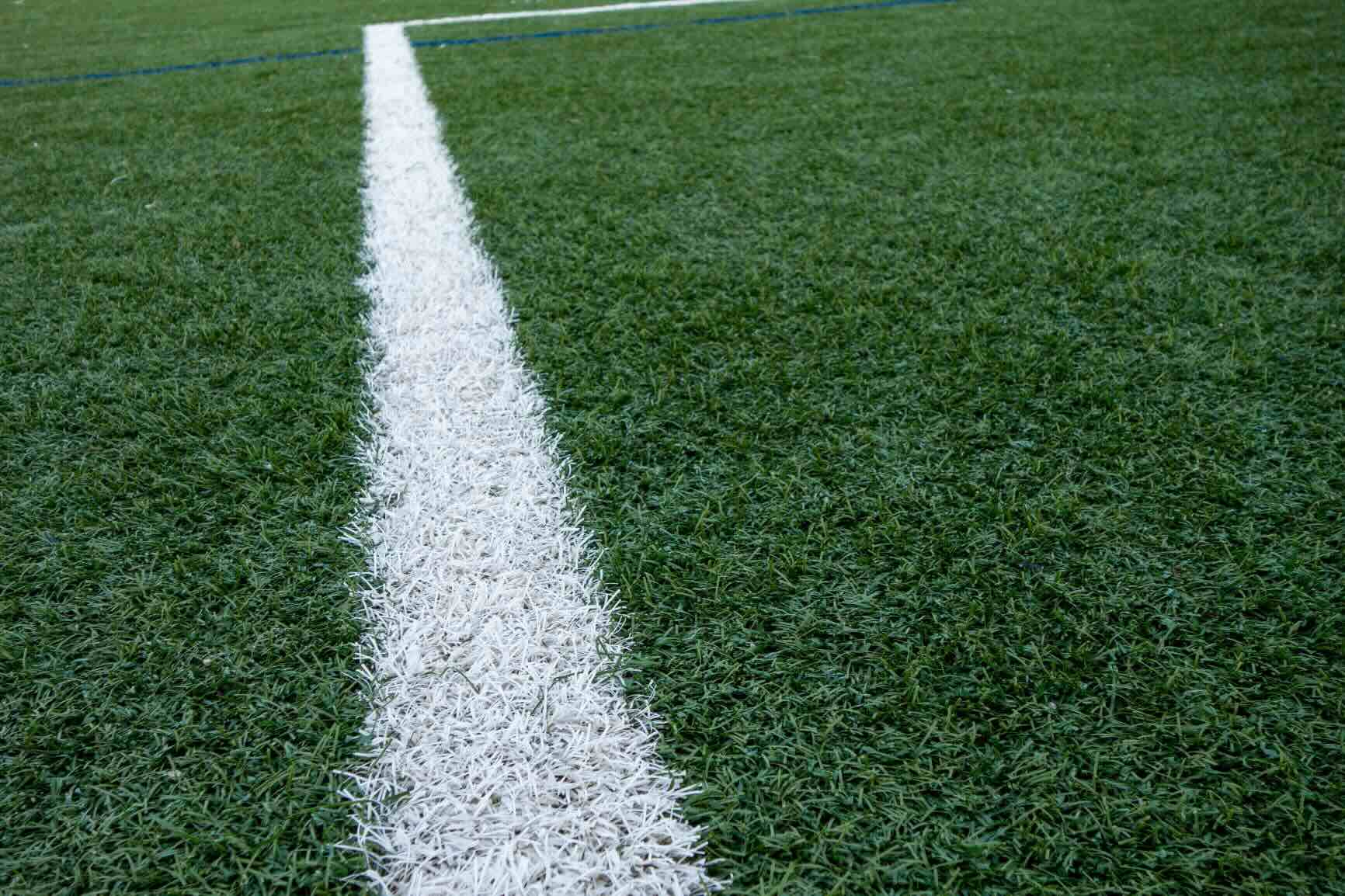
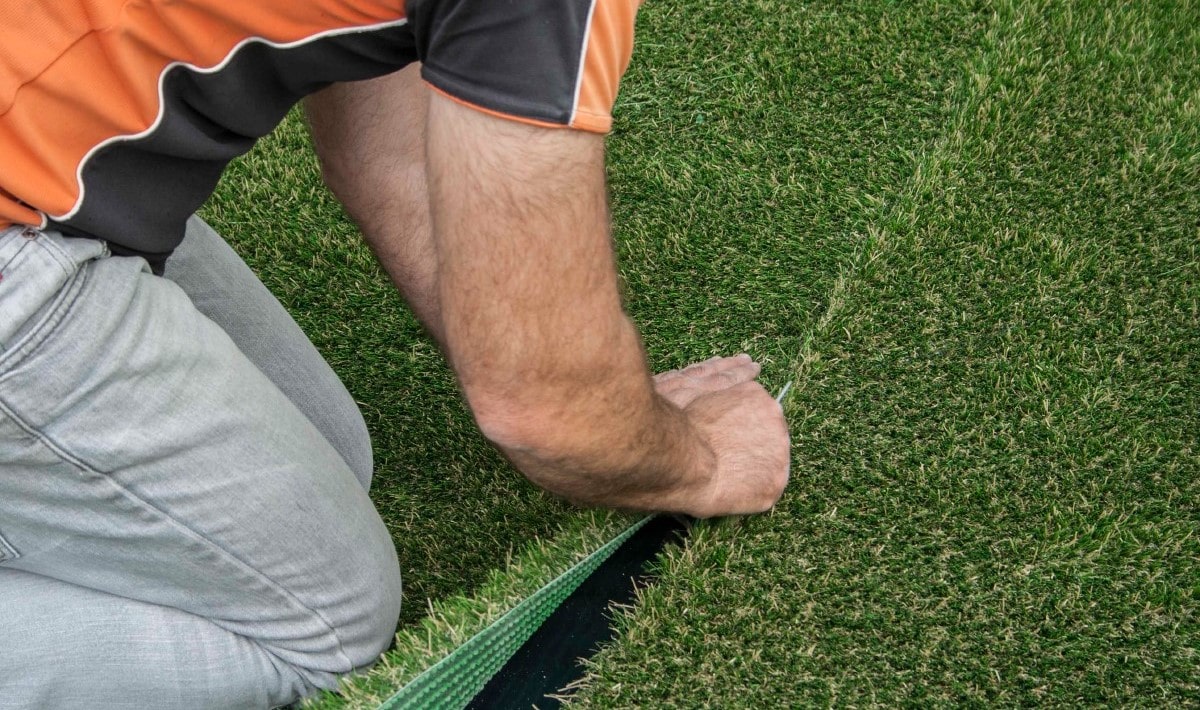
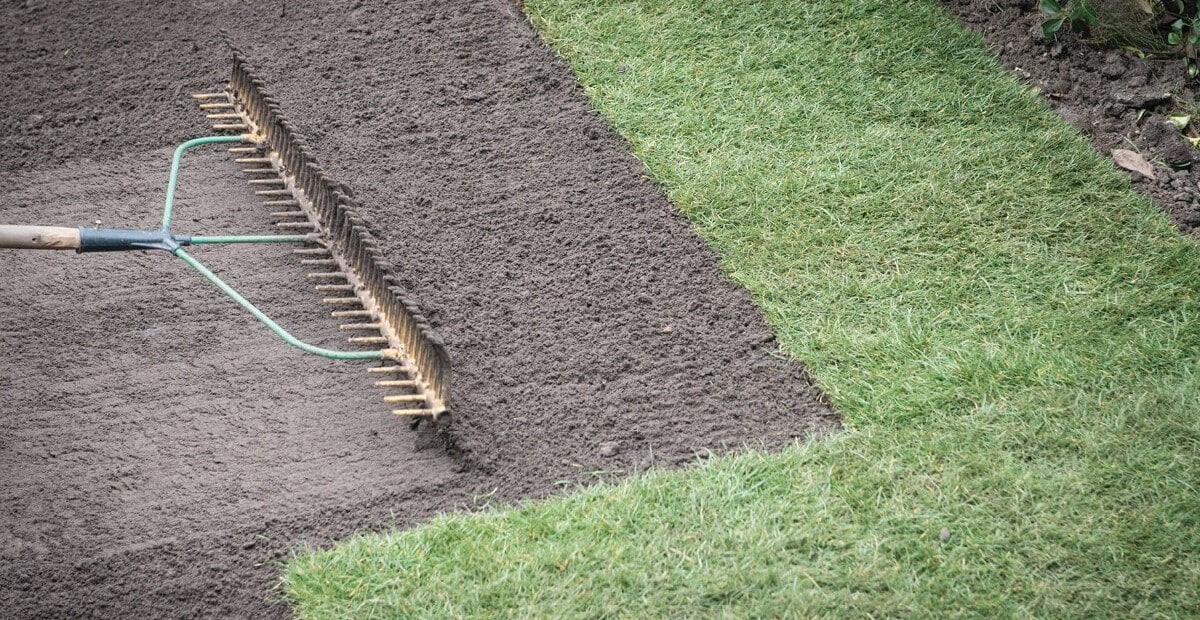
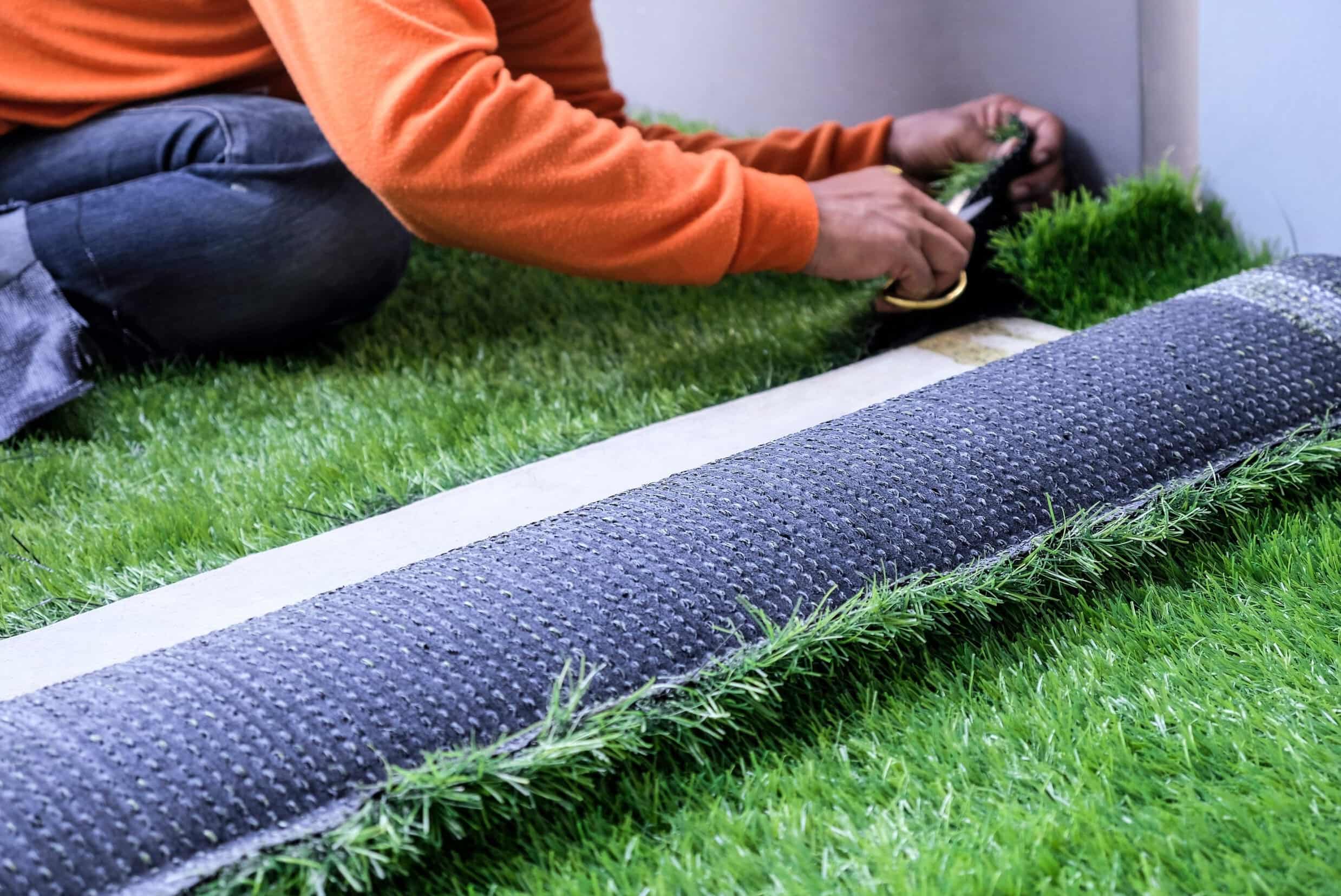
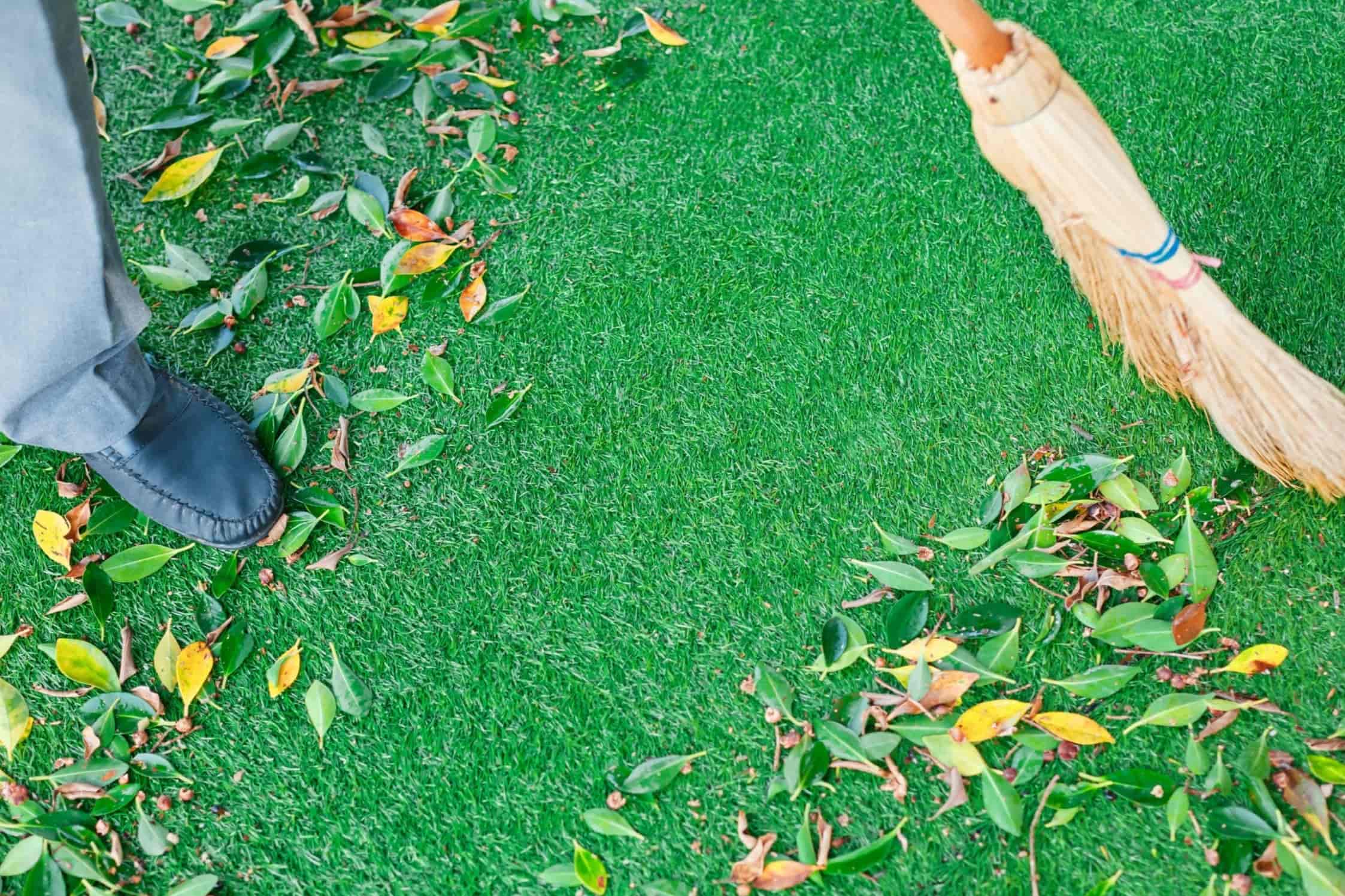

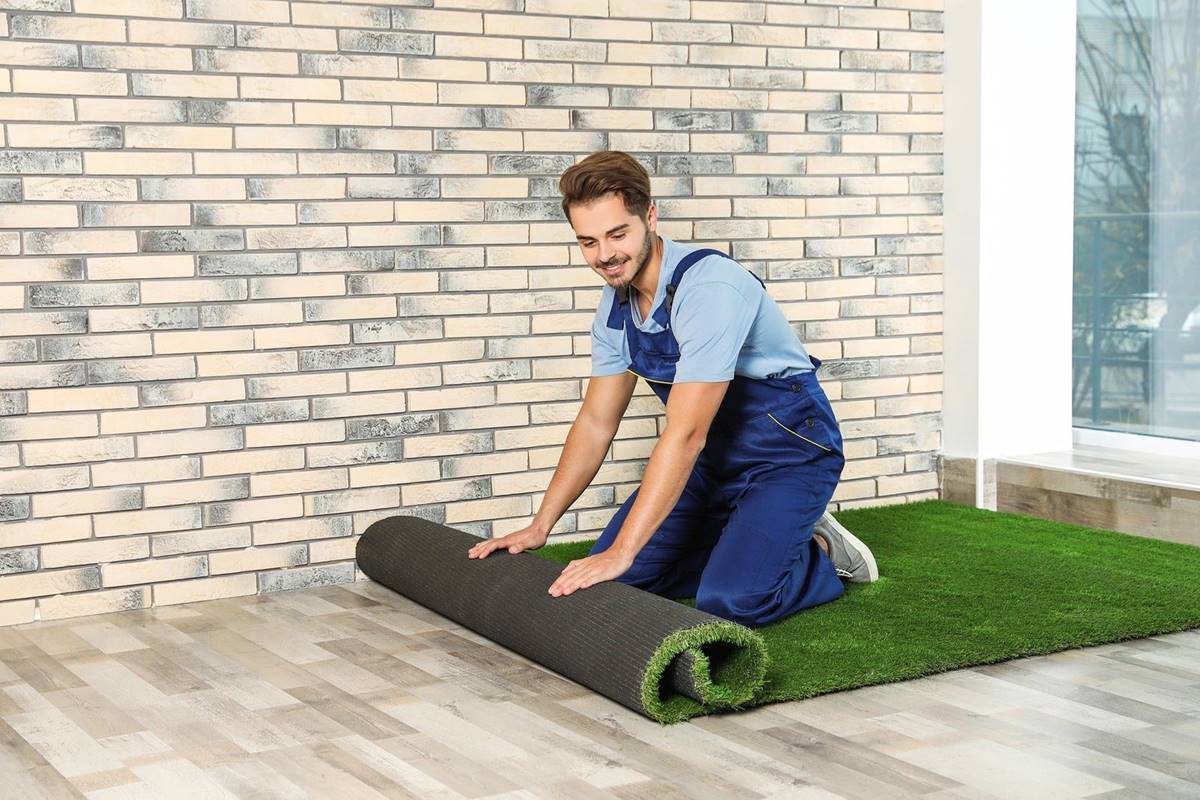
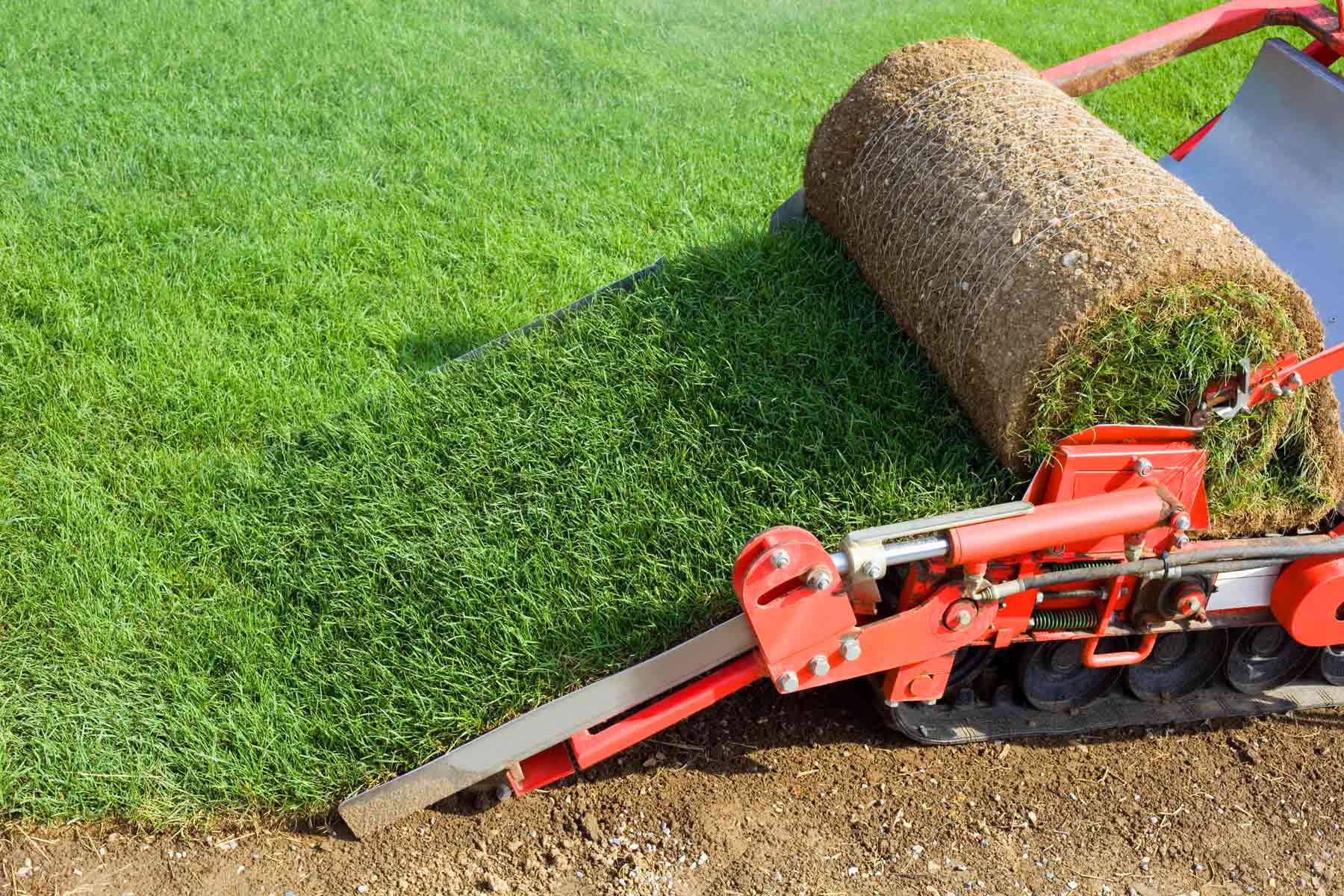

0 thoughts on “How To Improve Turf Grass Without Extra Pesticides For Sports In University Of Connecticut”